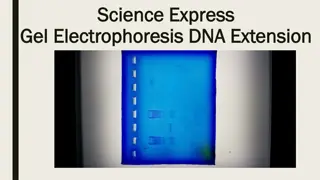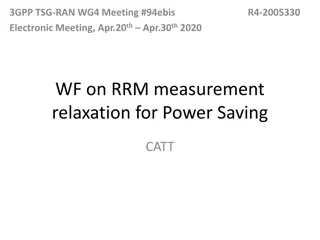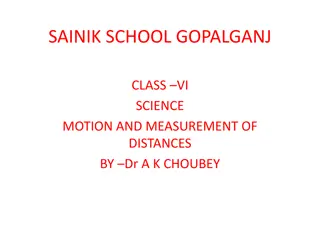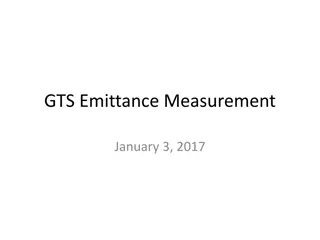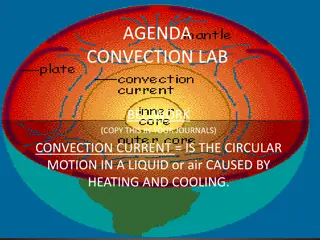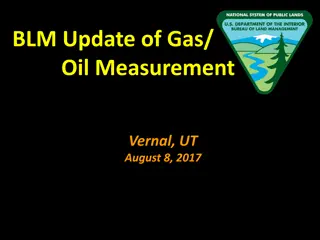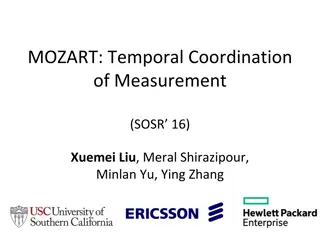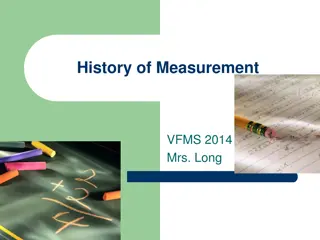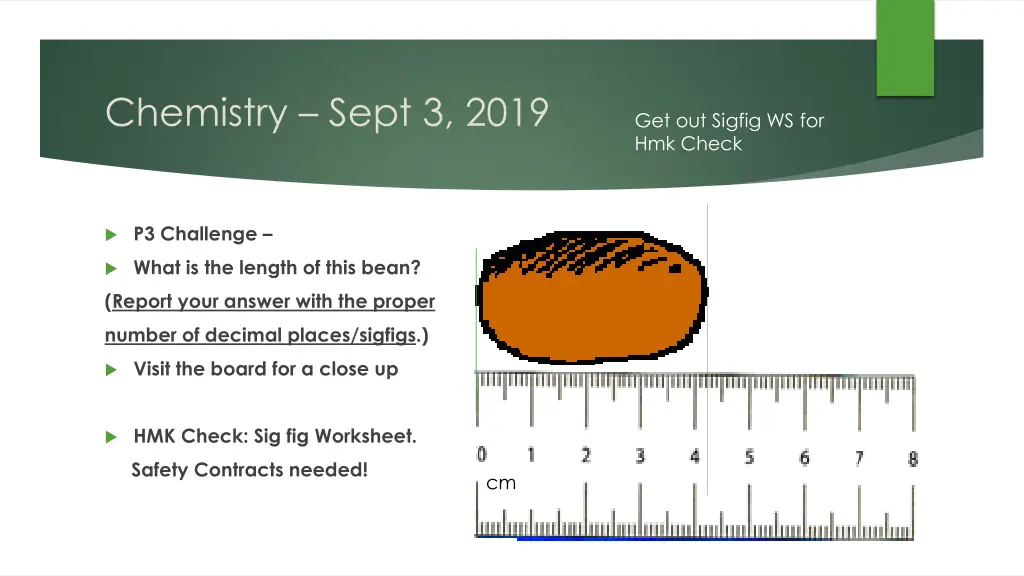
Understanding Density in Chemistry
Explore the concept of density in chemistry, a characteristic property used to identify substances based on mass and volume. Discover how to calculate density and its significance in different states of matter.
Download Presentation

Please find below an Image/Link to download the presentation.
The content on the website is provided AS IS for your information and personal use only. It may not be sold, licensed, or shared on other websites without obtaining consent from the author. If you encounter any issues during the download, it is possible that the publisher has removed the file from their server.
You are allowed to download the files provided on this website for personal or commercial use, subject to the condition that they are used lawfully. All files are the property of their respective owners.
The content on the website is provided AS IS for your information and personal use only. It may not be sold, licensed, or shared on other websites without obtaining consent from the author.
E N D
Presentation Transcript
Chemistry Sept 3, 2019 Get out Sigfig WS for Hmk Check P3 Challenge What is the length of this bean? (Report your answer with the proper number of decimal places/sigfigs.) Visit the board for a close up HMK Check: Sig fig Worksheet. Safety Contracts needed! cm
Objectives and Agenda Objectives To practice measuring length, mass and volume To learn about measuring with sigfigs from the equipment To understand density and practice density calculations Agenda Homework Review Density Measurement Lab Activity
Homework Review Matching Worksheet Answers: Check yours and ask questions for clarification. 9. E A. 5 10. C B. 12 3. O 11. I C. 10 12. B D. 15 13. M E. 9 14. G F. 6 15. D G. 14 H. 1 1. H I. 11 J. 2 K. 7 L. 4 M. 13 N. 8 O. 3 2. J 4. L 5. A 6. F 7. K 8. N
Homework Review Sigfig Worksheet Answers: Check yours and ask questions for clarification. 1. a) 3 b) 4 c) 3 d) 2 e) 2 f) 1 g) 3 h) 4 i) 5 or 5,490,000 m b) 0.0134793 mL c) 31, 950 cm2 d) 192.67 m2 e) 790 cm f) 3.89278 x 108 J or 389,278,000 J g) 225,834.8 cm3 2. a) 5.49 x 106 m
Homework Review Sigfig Worksheet Answers: Check yours and ask questions for clarification. 3. a) 48,825 cm2 49,000 cm2 or 4.9 x 104 cm2 Round to 2 sigfig b) 3.134 kg/L 3.1 kg/L Round to 2 sigfig c) 12.29166666 L/s 12.3 L/s Round to 3 sigfig d) 166,525.2 cm2 170,000 cm2 or 1.7 x 105 cm2 Round to 2 sigfig e) 40.763492 m3 41 m3 Round to 2 sigfig f) 3.129555 g/cm3 3.1296 g/cm3 Round to 5 sigfig
Homework Review Sigfig Worksheet Answers: Check yours and ask questions for clarification. 4. a) 90.225 J 90.2 J Round to 1 d.p. b) 0.0064 m 0.006 m Round to 3 d.p c) 934 g 900 g Round to hundreds place d) 31.0565 kPa 31.1 kPa Round to 1 d.p. e) 277.68 dL 278 dL Round to ones place f) 1794 kg 1790 kg Round to tens place
Density Density is a characteristic physical property of a substance and is sometimes used to identify a substance. Density is the mass of an item divided by its volume. This table lists the density of many common substances. Notice that solids have the highest density, and liquids usually have lower density. Gases have the lowest densities by far, usually reported in g/L.
Understanding density If density is color, a low density is a pale color, and a high density is a very intense color. If two objects have the same mass, the smaller one is more dense. 1 kg 1 kg If two objects are the same size, the heavier one is more dense. 1 kg 4 kg
Using the Density Formula m V = d List the known quantities with their units. Let their units help you decide which quantity a value represents. There must be two known quantities. Substitute these values into the formula. Calculate the third variable. Ex: A 1.68 kg object has a volume of 0.75 L. What is the density of this object in g/mL?
Lab Activity Overview A. Measuring Length Using three different types of rulers: 10 cm, 1 cm and 1 mm gradations. B. Measuring Mass Using three different types of balances: spring, triple beam, and electronic. For both spring and triple beam you may need to use a subtraction method to find the mass of an object. Subtracting a background reading is a very common lab procedure not just for measuring mass. C. Measuring Liquid Volume Liquids in graduated cylinders or beakers. D. Measuring Solid Volume First by measuring dimensions and using geometry. Second by using water displacement and another subtraction process. Work in pairs, but split the measurement duties, and get both opinions for each.
Exit Slip - Homework Exit slip Put the room back in order the way you found it. If it s not done, no one gets credit for the exit slip. What s Due? (Pending assignments to complete.) Measurement Lab Activity Density Worksheet What s Next? (How to prepare for the next day) Finish the Measurement Lab, Start using metric units Read p12-15

